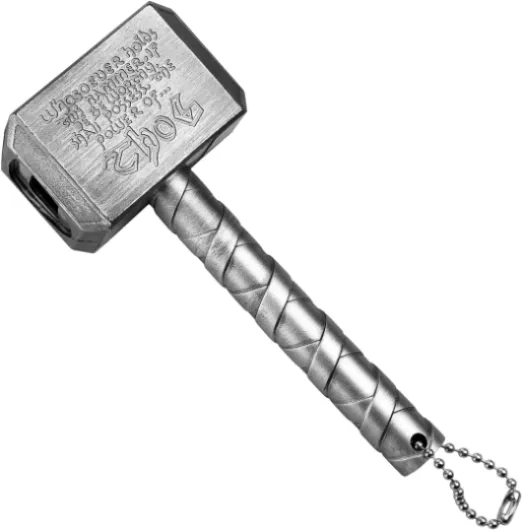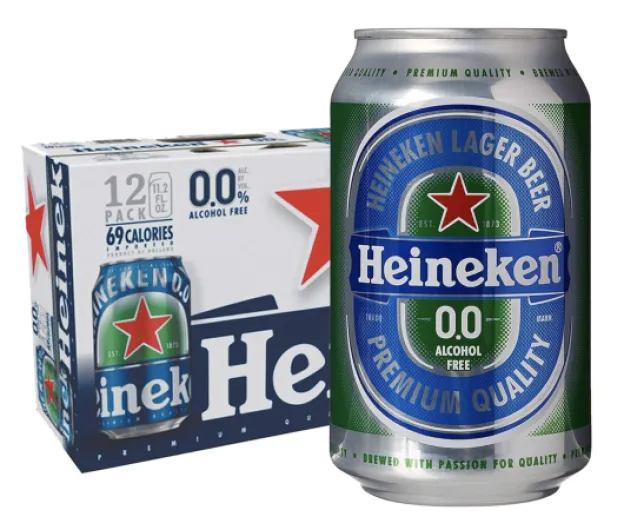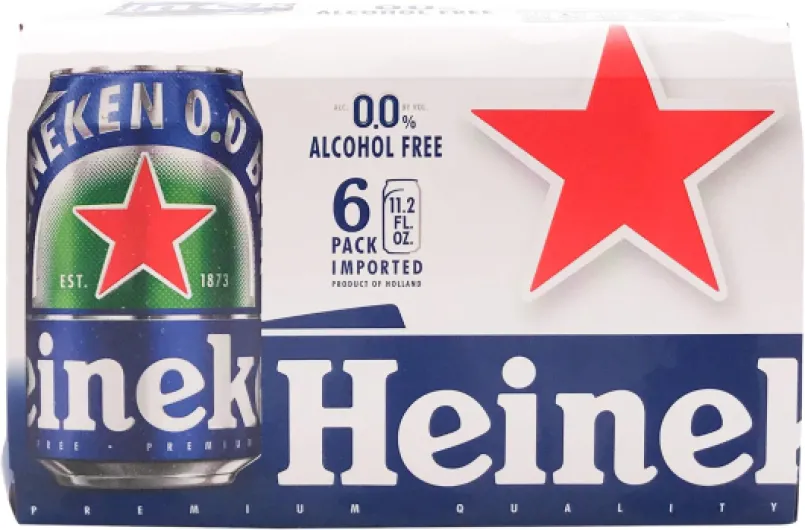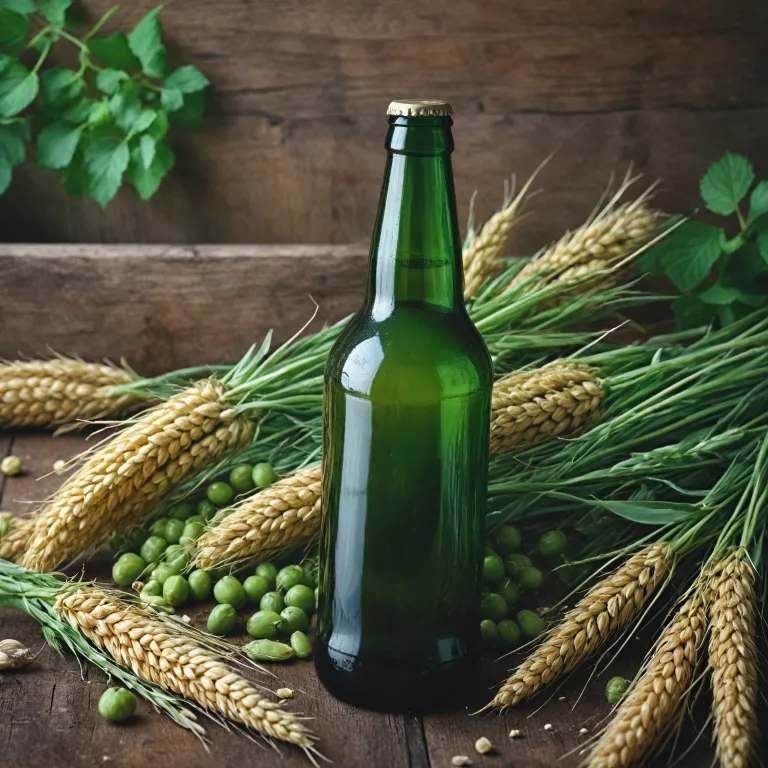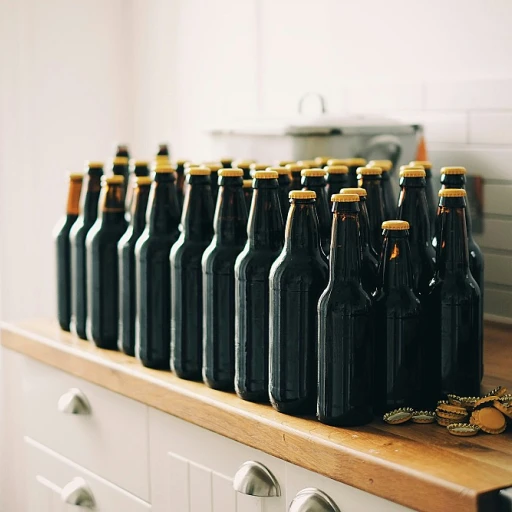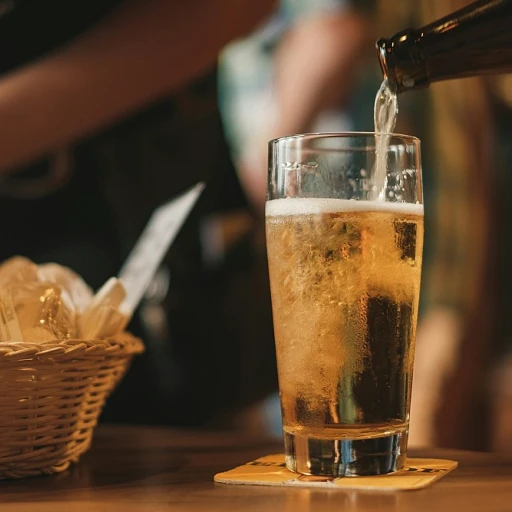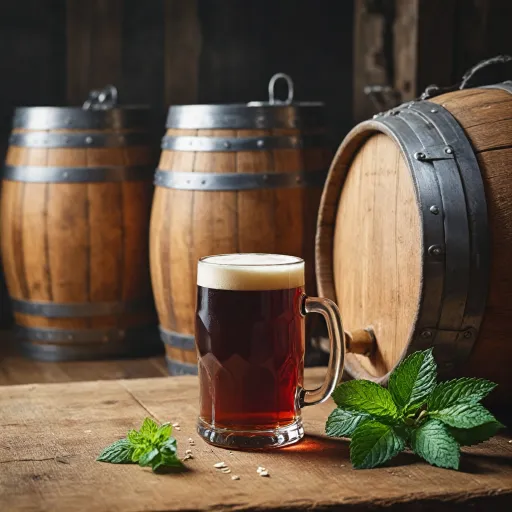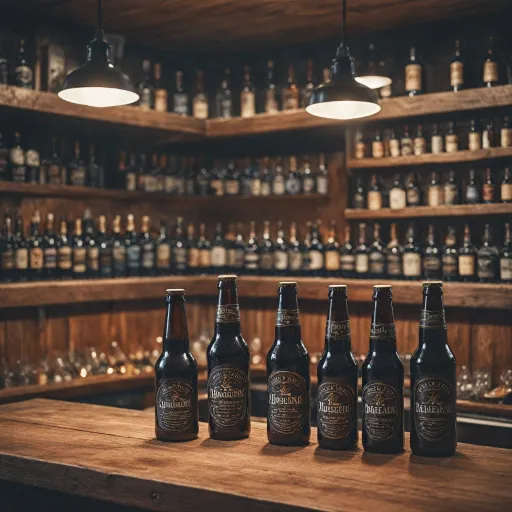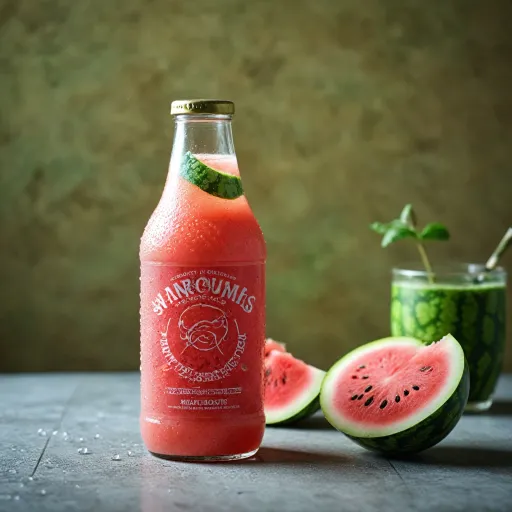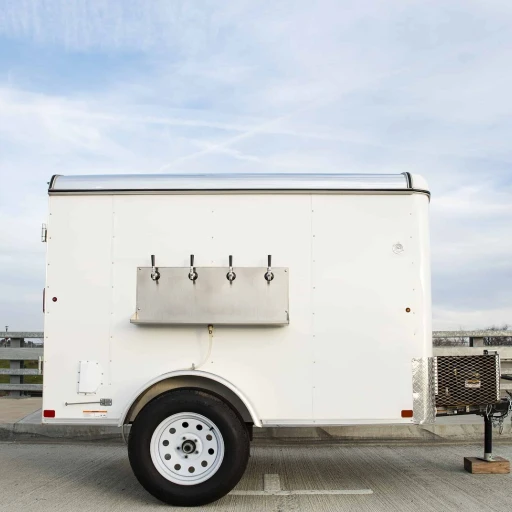
Heineken original: calories, carbs, and the real calorie breakdown
Understanding the calorie count in a classic Heineken
Heineken Original is one of the world’s most recognizable lagers, but how does it fit into your nutritional goals? A standard 12 oz (355 ml) bottle of Heineken contains about 142 calories. Most of these calories come from carbohydrates, with roughly 11 grams per serving, and a moderate alcohol content that also contributes to the total calorie count.
Carbohydrates and alcohol: what’s in your glass?
Carbohydrates in Heineken come primarily from malted barley, a key ingredient in its brewing process. The alcohol by volume (ABV) is around 5%, which is typical for many international lagers. This combination gives Heineken its crisp, slightly sweet flavor profile, but it also means you’re consuming both carbs and alcohol-derived calories with each bottle.
How Heineken compares to other lagers
- Heineken’s calorie and carb content is similar to many other mainstream lagers, but it’s always good to check the label if you’re counting calories.
- If you’re curious about how Heineken stacks up against other European lagers, check out this comparison of Vienna lager cans for more details on flavor and nutrition.
For those seeking lighter options or interested in how brewing methods impact nutrition, the next sections will cover Heineken Silver, light beers, and what makes Heineken’s taste unique.
Heineken Silver and light options: lower calories for your daily routine
Heineken Silver and lighter choices: what’s inside?
If you’re looking for a beer that fits into a lighter lifestyle, Heineken Silver and other light options are worth considering. These beers are crafted to offer the classic Heineken taste with fewer calories and carbs, making them a popular choice for those who want to enjoy a refreshing drink without overindulging.
- Heineken Silver contains fewer calories and carbohydrates than the original Heineken. A typical 12 oz (355 ml) serving of Heineken Silver has about 95 calories and 2.9 grams of carbs, compared to the original’s higher numbers.
- Light beers in general are brewed to be lower in alcohol and calories, which can make them a better fit for daily routines or social occasions where you want to keep things light.
- Heineken Silver maintains a crisp, clean flavor profile, so you don’t have to sacrifice taste for fewer calories.
When comparing Heineken Silver to other light lagers, you’ll find it stands up well in terms of both flavor and nutrition. If you’re curious about how it compares to other light beers, check out this review of Music City Beer Co’s Light Lager for another perspective on light beer options.
Choosing a lighter beer like Heineken Silver can be a smart way to enjoy your favorite beverage while keeping an eye on your daily intake. For more details on the calorie breakdown of the original Heineken, see the earlier section of this article.
Brewing process and ingredients: what makes Heineken taste unique?
How Heineken’s brewing methods shape its flavor and nutrition
Heineken’s signature taste and nutritional profile are closely tied to its traditional brewing process and carefully selected ingredients. The brand uses just four main components: water, malted barley, hops, and its unique A-yeast. This simplicity is key to both the beer’s crisp, balanced flavor and its straightforward nutrition facts.
- Water: The foundation of every beer, Heineken’s water is purified to ensure a clean, refreshing finish.
- Malted barley: This ingredient provides the beer’s natural sugars, which are fermented by yeast to produce alcohol and carbonation. It also contributes to the calorie and carbohydrate content discussed earlier.
- Hops: Heineken uses a blend of hops for subtle bitterness and aroma, without overwhelming the palate or adding extra calories.
- A-yeast: The proprietary yeast strain is what gives Heineken its distinctive fruity notes and consistent quality.
The brewing process itself is carefully controlled, with a focus on natural fermentation and no additives or artificial preservatives. This approach not only preserves the beer’s authentic taste but also ensures that what you see on the nutrition label is exactly what you get in your glass.
Heineken’s commitment to traditional brewing is shared by other innovative breweries worldwide. For a look at how different brewing philosophies can influence both flavor and nutrition, check out this San Diego craft brewing story.
Comparing Heineken to other products: calories, carbs, and more
How Heineken stacks up against other popular beers
When choosing a beer, many people look at calories and carbs to fit their preferences or dietary needs. Heineken Original is often compared to other well-known lagers and light beers. Here’s a quick look at how it measures up:
- Heineken Original: Known for its crisp taste, it typically contains around 150 calories and 11 grams of carbs per 12 oz serving.
- Light beers: Options like Heineken Silver or other light lagers usually have fewer calories (often under 100) and less than 7 grams of carbs per serving, making them a popular choice for those watching their intake.
- Other international lagers: Brands such as Stella Artois or Budweiser are in a similar calorie and carb range as Heineken Original, though taste and brewing methods differ.
- Craft and flavored beers: These can vary widely, with some containing significantly more calories and carbs due to added sugars or higher alcohol content.
What to keep in mind when comparing beers
Calories and carbs are just part of the picture. Alcohol by volume (ABV), serving size, and even the brewing process (as explained earlier) all play a role in how a beer fits into your lifestyle. If you’re looking for lower-calorie options, light beers or those specifically labeled as "low-carb" are your best bet. However, if flavor and tradition are your priorities, Heineken Original offers a balanced choice without being excessive in calories or carbs.
Ultimately, the best beer for you depends on your taste preferences and nutritional goals. Enjoying a cold Heineken can fit into a balanced lifestyle when consumed in moderation and paired with the right occasions.
Tips for enjoying Heineken: serving, buying, and fitting it into your daily life
Serving Heineken for the best experience
To fully appreciate Heineken’s crisp and refreshing profile, serve it well-chilled, ideally between 3°C and 5°C. Pour gently into a clean glass to maintain its signature foamy head, which helps release the subtle aromas. If you’re pairing Heineken with food, its balanced taste complements light appetizers, grilled chicken, or even spicy dishes.
Smart buying and storage tips
When shopping for Heineken, check the packaging date to ensure freshness. Store bottles upright in a cool, dark place to preserve flavor and carbonation. If you’re considering lower-calorie options, Heineken Silver and other light varieties are great choices for those mindful of their daily intake.
Fitting Heineken into your lifestyle
- Enjoy Heineken in moderation to keep calories and carbs in check.
- Choose smaller bottle sizes or share with friends for mindful consumption.
- Balance your beer with water and healthy snacks during social gatherings.
Whether you’re a fan of the original or exploring lighter options, Heineken can be part of your routine with a few simple habits. Remember, understanding the nutrition facts and ingredients helps you make informed choices and enjoy your beer responsibly.

